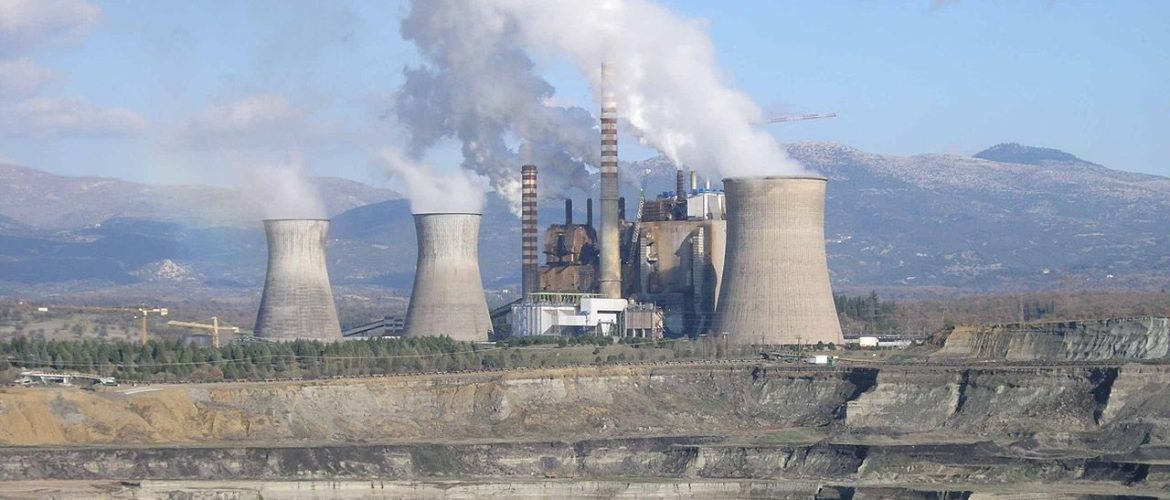Amid the summer spike in energy prices, lignite has returned to the electricity production mix and was even exempted from the government’s recent measures to limit the windfall profits of fossil fuel power companies.
Based on The Green Tank data, lignite’s contribution to electricity production in the first five months of 2024 was down 32% compared to the same period last year, while on a monthly basis it was recording one historic low after another.
This trend has reversed in recent days, with lignite’s share in daily electricity production approaching or exceeding 10%.
As Nikos Mantzaris explained to Business Daily (20/07/2024), this is because prices in the wholesale market are kept at very high levels these days, giving lignite plants the opportunity to enter the market more competitively.
It should be clarified that in no way does lignite bring down the price of electricity. On the contrary, precisely because the daily wholesale price averages between EUR 150 and EUR 220/MWh, combined with the fact that demand is increasing and production from cheaper RES is not sufficient, there is room for lignite to enter the electricity production mix.
This is why its reintroduction is not expected to continue for much longer, as PPC has also committed to its withdrawal by 2026, as well as to a 75% reduction in emissions from its thermal plants in 2026 compared to 2019 levels.
You can find the relevant article by journalist Stelios Bouras here (in Greek).



